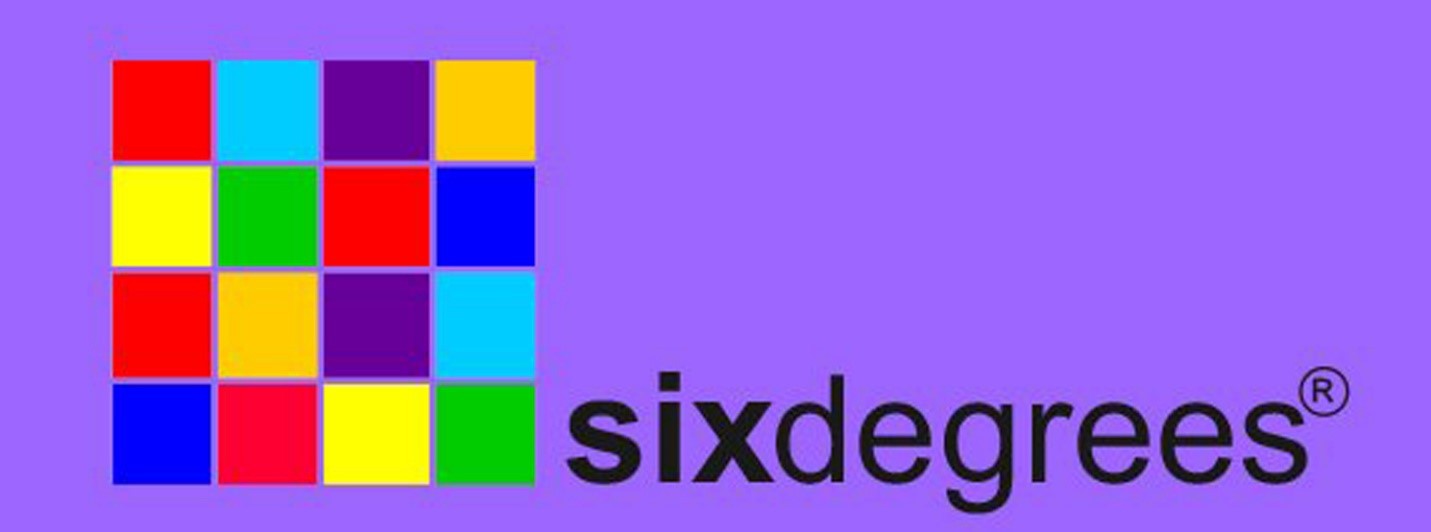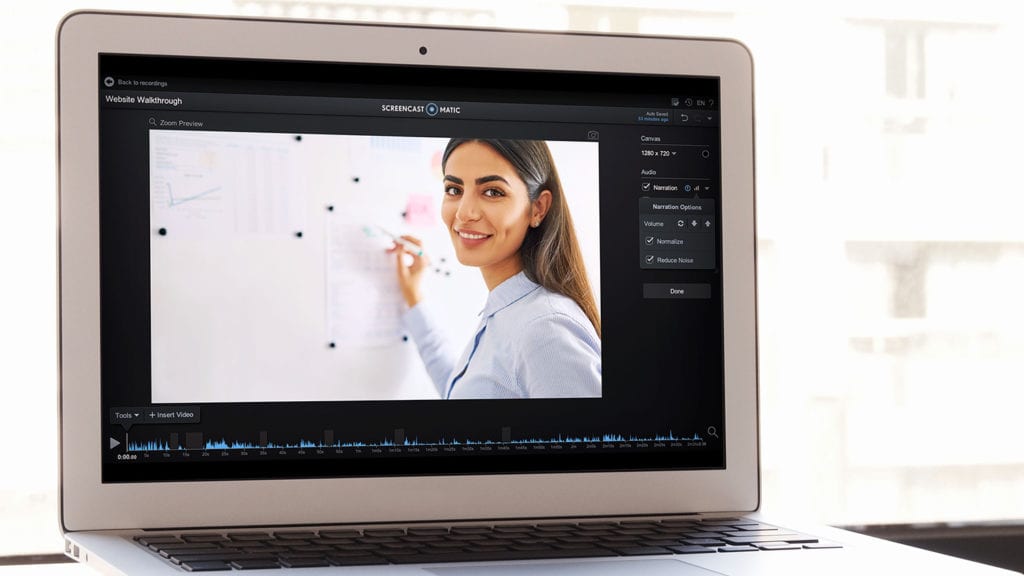
As an educator I am constantly trying to find ways to keep my classroom up to par especially with the most recent technology. Who would have ever thought playing games would be considered educational? What kind of gamification software can be implemented in a classroom setting? I have implemented software such as Kahoot and class Dojo during student teaching and sporadically in my classroom. The benefits of gamification in the classroom are out of this world!
History of gamification:
The concept of gamification has been around for more than 100 years (Smith, 2014). Gamification has only recently become an interest to educators due to recent improvements and advancements in technology (Smith, 2014). When did gamification enter the world of education? In 1980 Thomas Malone published, “What Makes Things Fun to Learn: A study of Intrinsically Motivating Computer Games” (Smith, 2014). In 2003 the term gamification was created by Nick Pelling (Smith, 2014). Quest to Learn accepted a class of 6th graders into a game-based learning environment in 2009 (Smith, 2014). In 2014 M2 Research predicts that gamification will be a 2.8-billion-dollar industry by 2016 (Smith, 2014).
What is Gamification?
Gamification is utilizing a challenge or game to teach or support classroom concepts (Specialty, 2020). Teachers have previously implemented methods to make learning fun such as songs, and hands-on activities. Incorporating gamification allows educators to make learning more engaging for all learners!
Benefits of implementing Gamification in the classroom: (True Education, 2020)
· Students feel like they have ownership over their learning
· A more relaxed atmosphere in regards to failure, since learners can simply try again
· More fun in the classroom
· Learning becomes visible through progress indicators
· Students may uncover an intrinsic motivation for learning
· Students can explore different identities through different avatars or characters
· Students often are more comfortable in gaming environments, so are more proactive and open to making mistakes
· Higher engagement and concentration levels amongst students
· The opportunity to think outside of the box. Tasks are no longer just about filling in a worksheet.
Software that can help with gamification: (Jarrett, 2017)
· Class Dojo
· Kahoot
· Brainscape
· Quizizz
· Classcraft
· KnowRe
Why incorporate gamification in the classroom setting?
How many students play video games? How many individuals are addicted to video games due to the amazing features? Could the implementation of gamification be beneficial for learners? The gamification theory in education is that learners learn best when they are also having fun (True Education, 2020)! Gamification helps to motivate students as well as keep them more engaged in classroom tasks. Gamification in learning involves using game-based elements such as point scoring, peer competition, team work, score tables to drive engagement, help students assimilate new information and test their knowledge (True Education, 2020).
Gamification and English Language Learners:
Gamification is beneficial for various and all learners. As previously stated above, learners learn best when they are also having fun! Games are a great way to keep students actively engaged. English Language Learners tend to face many challenges. One challenge they are often faced with is self-esteem issues which leads to them being hesitant and shy causing them to struggle with class engagement. Gamification is beneficial for English language learners because it increases student engagement, it creates a bond between students, and reinforcers their learning.
References:
Blankman, R. (2022, June 28). The fun of learning: Gamification in education. What Is Gamification in Education? | Houghton Mifflin Harcourt. Retrieved July 17, 2022, from https://www.hmhco.com/blog/what-is-gamification-in-education
Gamification in education: What is it & how can you use it? True Education Partnerships. (2020, April 1). Retrieved July 17, 2022, from https://www.trueeducationpartnerships.com/schools/gamification-in-education/
Home. Saddleback Educational Publishing | Hi-Lo Books™. (n.d.). Retrieved July 17, 2022, from https://www.sdlback.com/webinar-series/gamification-for-ells
Jarrett, N. (2017, July 11). How to gamify your classroom. EDTECH 4 BEGINNERS. Retrieved July 17, 2022, fromhttps://edtech4beginners.com/2016/11/16/how-to-gamify-your-classroom/
Specialty, S. (2022, June 24). The benefits of using gamification in the classroom. Schoolyard Blog | Teacher Resources | School Specialty. Retrieved July 17, 2022, from https://blog.schoolspecialty.com/the-importance-of-gamification-in-the-classroom/
Smith, F. (July 11, 2014) A Brief History of Gamification. EdTechMagazine.
Retrieved from: https://edtechmagazine.com/higher/article/2014/07/brief-history-gamification-infographic







